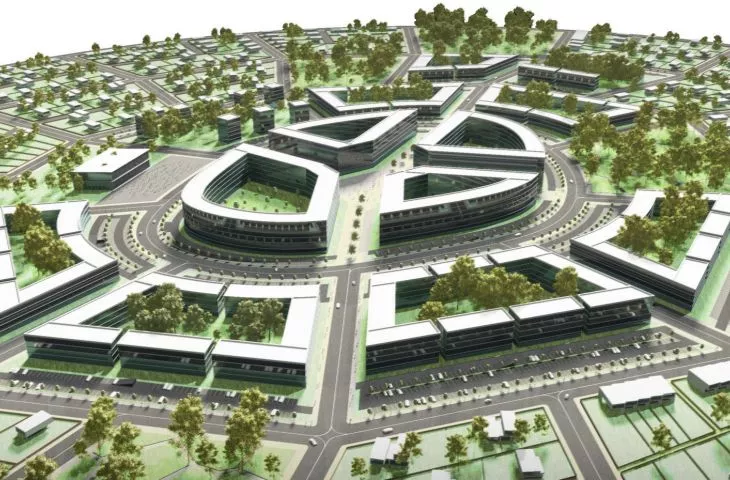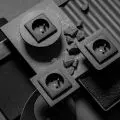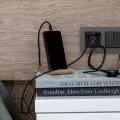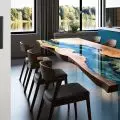In his thesis, Dawid Kątny attempted to develop a method for parametric design of residential buildings using Grashopper. The project, carried out at the Silesian University of Technology under the supervision of Dr. Tomasz Bradecki, qualified for the inter-university competition for the best diploma in urban planning, spatial management and sustainable development.
The goal of the diploma project was to develop a script that allows for easy and immediate differentiation of residential and residential-service development opportunities in any area. The result is a tool that allows very fast (generating a variant takes two minutes), virtual experimentation with different development alternatives - the script generates plans, 3D models and exports all urban indicators.
The algorithm rationally divides quarters of plots
© Dawid Kątny
parametric design of residential complexes
The created script allows parametric design of residential complexes of a larger scale (40-200 ha), which allow to shape the structure of the development in such a way as to achieve the effect of the scale of a neighborhood unit, taking into account urban planning assumptions. The algorithm rationally divides a predetermined plot of land into quarters, creating traffic routes between them, and then allocates appropriate areas for types of development, assuming its hierarchy in relation to density, from the outside towards the center.
In creating the residential buildings, the most important consideration was to maintain an appropriate distance of the building from the border of the plot and to take into account the directions of the world, so that the apartments always receive adequate sunlight. The space between the buildings is intended for parking spaces and urban greenery.
script responsible for multifamily development
© Dawid Kątny
optimization tools vs. space development
A big advantage of designing in the Grashopper environment is the use of optimization tools. Galapagos, used by Dawid Kątny, tested (in dozens of variants) the urban form and allowed for a two percent higher land use rate. Performed in parametric optimization, the tests allowed for up to several hundred more apartments compared to traditional design, with the same compositional assumptions.
visualization of the final design
© Dawid Kątny
The diploma proved that modern urban design methods contribute to better and more optimal use of land. This type of script can be very valuable for land absorption study analyses - especially in view of the challenges of the idea of the compact city and sustainable development. Further development of the tool would make it possible, among other things, to calculate infrastructure costs or predict the environmental impact of investments.
compiled by {tag:AuthorAiB}
illustrations courtesy of David Kątny






































